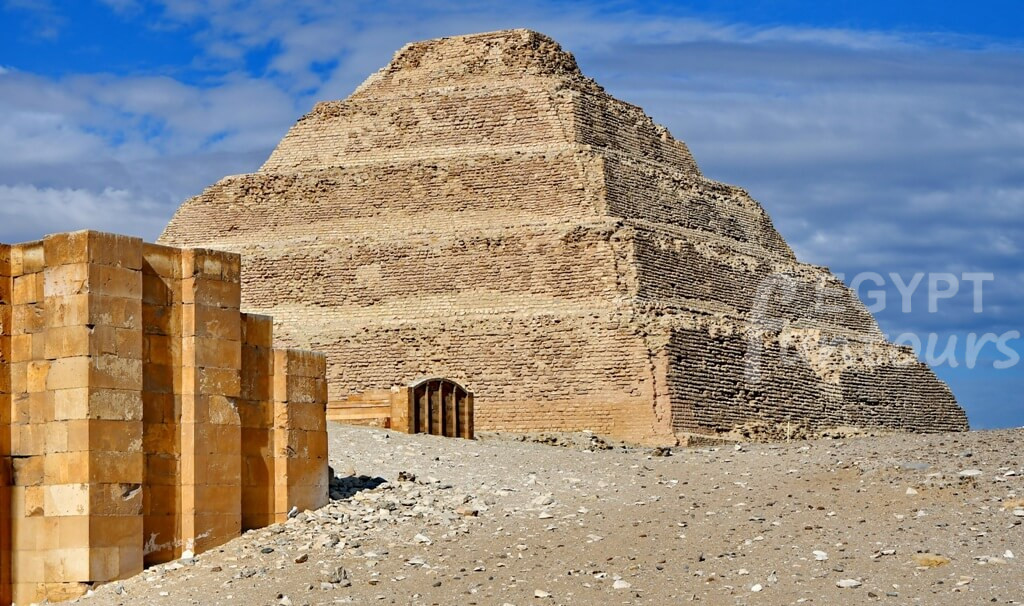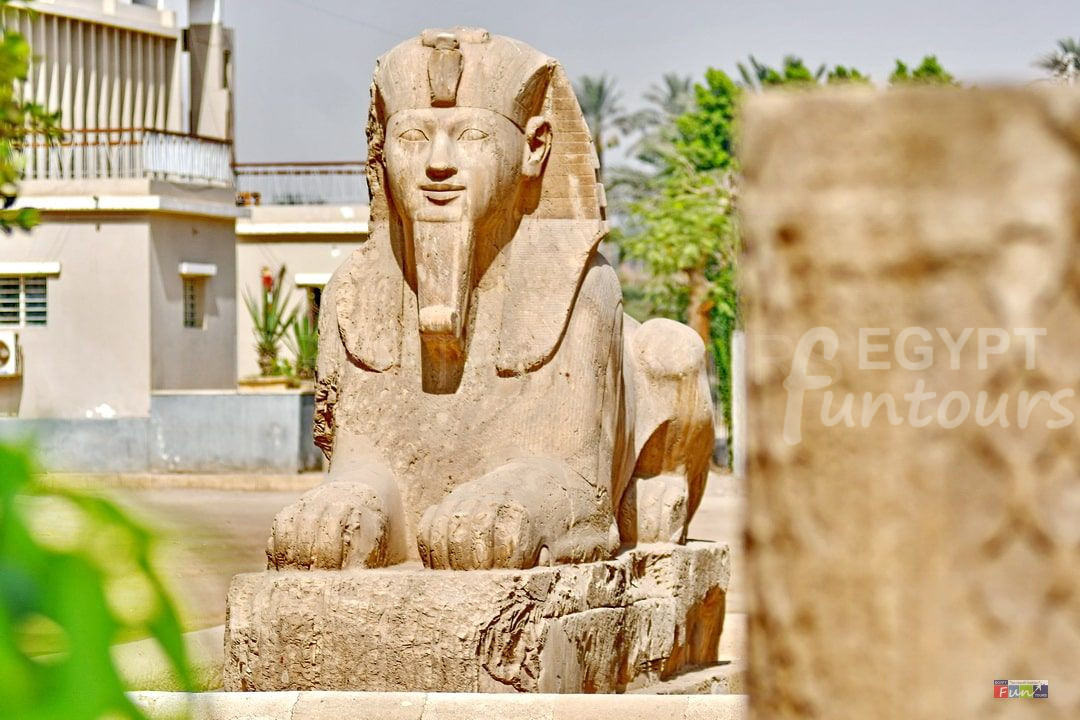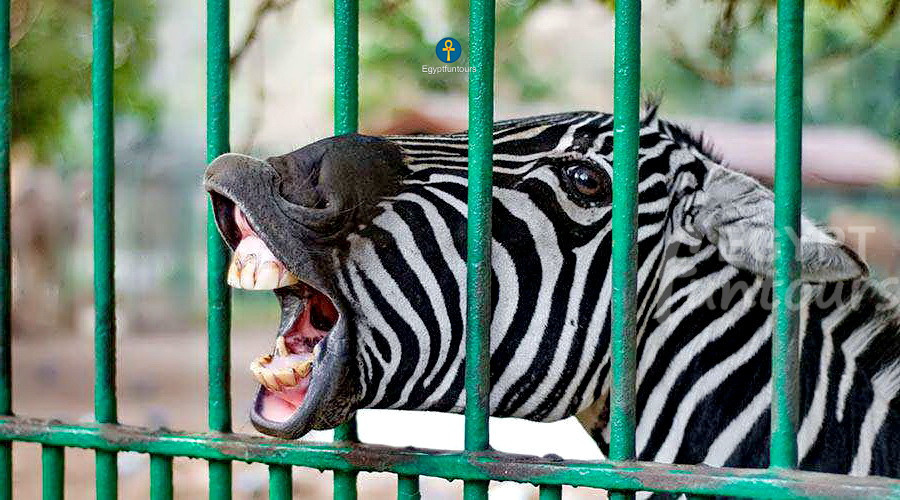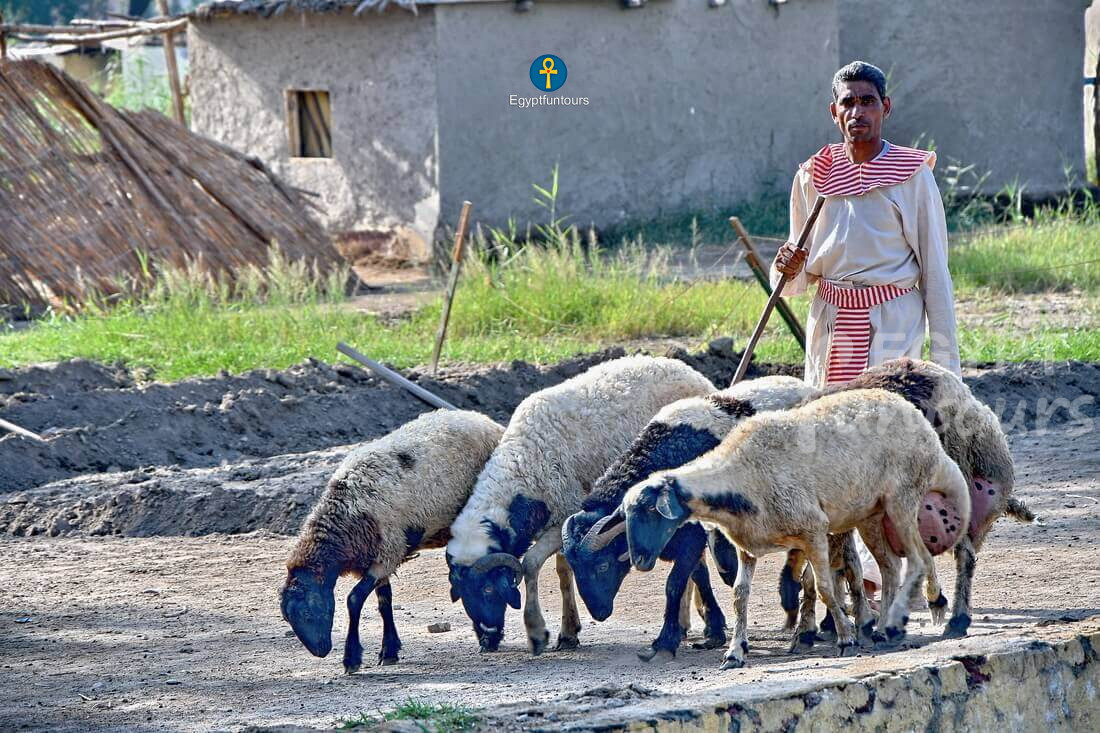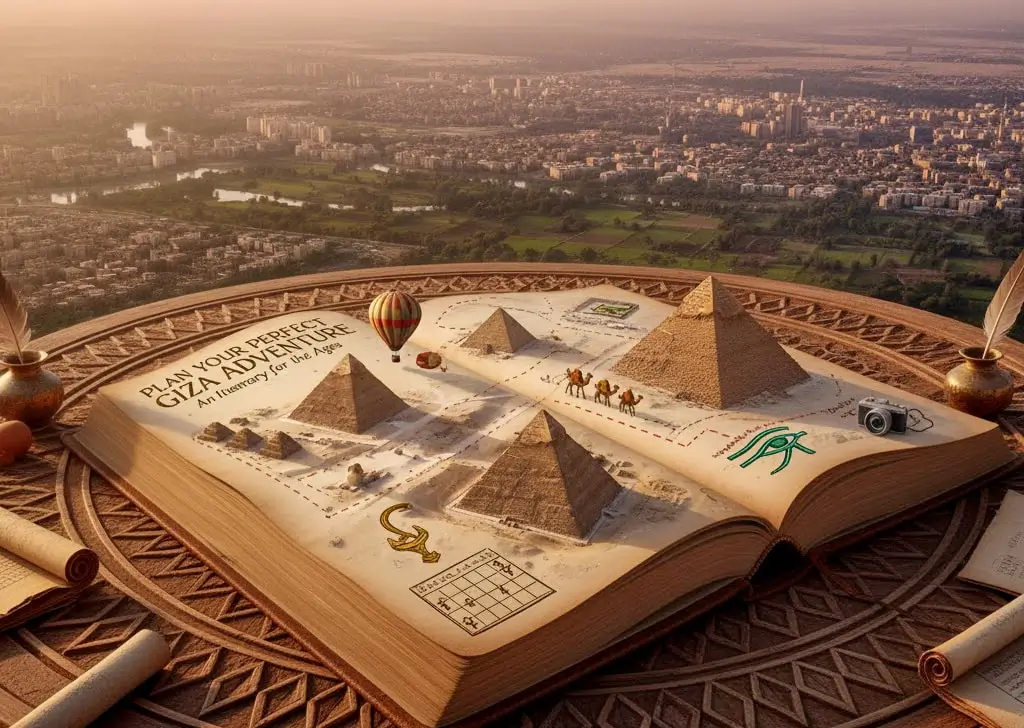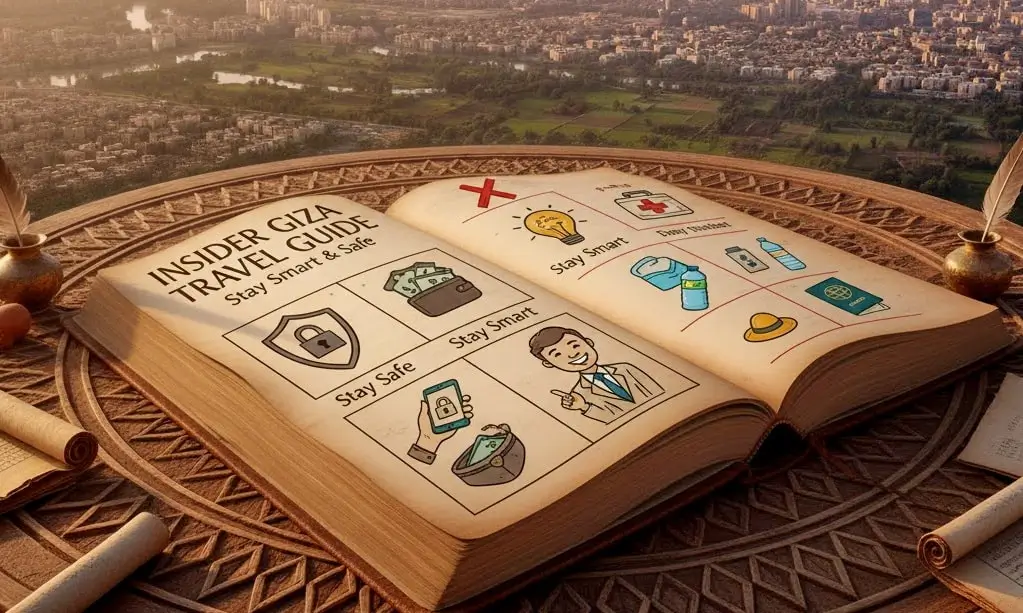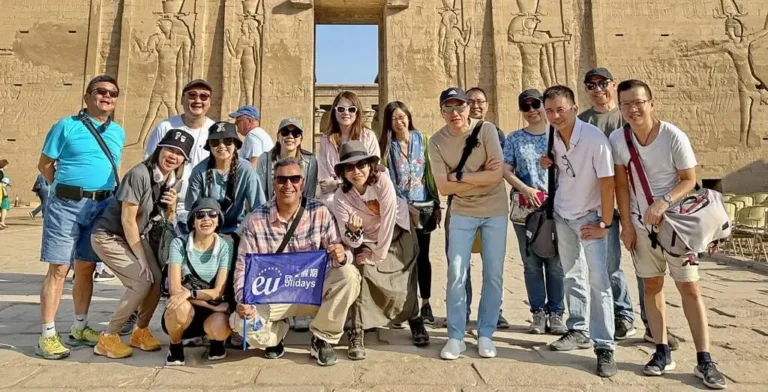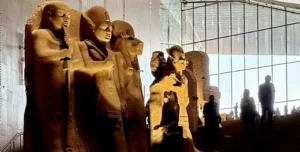Welcome. This is your essential Giza Travel Guide. The Great Pyramids and the Sphinx draw millions. But Giza offers much more. The entire West Bank of the Nile is an archaeological goldmine. This comprehensive Giza Travel Guide covers it all. You will discover ancient capitals and the birthplaces of pyramid-building. You will find world-class museums and unique recreational sites. Use this guide. Plan a safe, unforgettable, and deep-dive Giza trip.
The Giza Plateau – Heart of the Giza Travel Guide
The Giza Plateau starts every Giza Travel Guide. It is the last remaining wonder of the ancient world. Plan at least four hours here. Absorb its history and scale.
The Three Great Pyramids of Giza
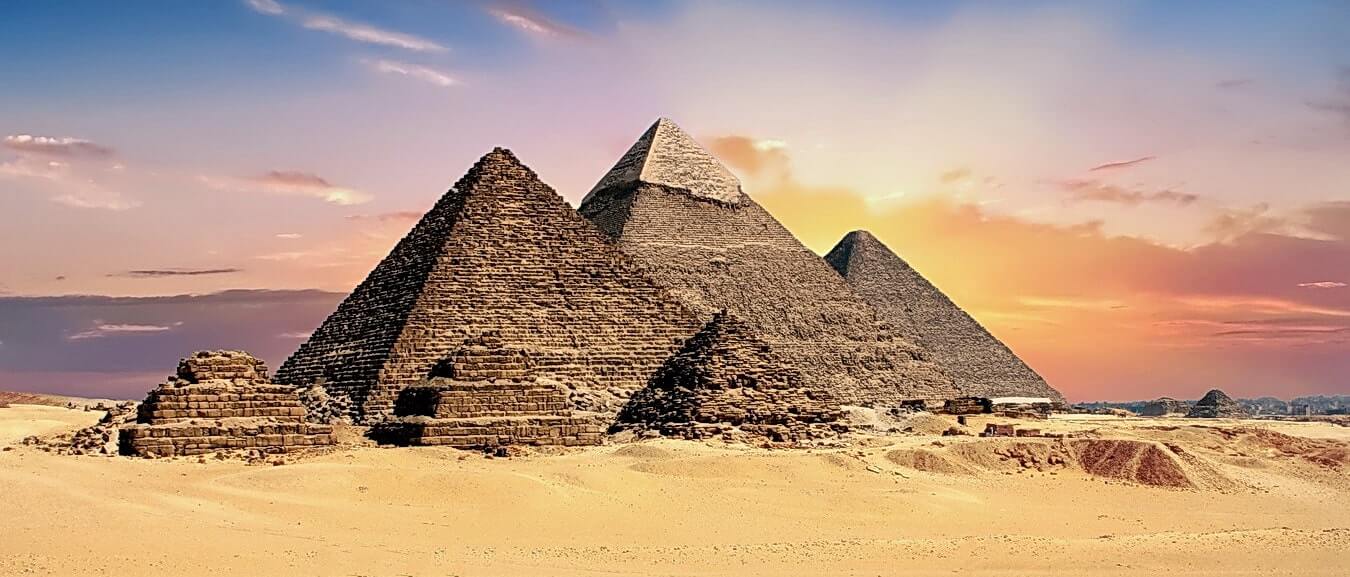
Three pharaohs built this famous triad. They ruled during the Fourth Dynasty (c. 2570–2500 BC).
1. The Great Pyramid of Khufu (Cheops)
- Significance: Khufu’s pyramid is the oldest and largest. It originally stood 146.7 meters tall (481 feet). It held the height record for over 3,800 years. This monument proves ancient engineering genius.
- The Experience: Buy an extra ticket to climb inside. Prepare for a strenuous climb. The tunnel is long, steep, narrow, and humid. You reach the King’s Chamber. It is empty except for a large sarcophagus. You experience the structure’s size. You will not see elaborate decorations.
- Giza Travel Guide Tip: Go inside right at the 8:00 AM opening time. You will avoid the worst crowds and heat.
2. The Pyramid of Khafre (Chephren)
- Appearance: Khafre’s pyramid often looks taller than Khufu’s. Builders placed it on higher ground. It keeps a cap of its original polished limestone casing. This small detail shows how all Giza Pyramids once gleamed white.
- Valley Temple: This massive stone building sits near the Sphinx. Khafre’s body was purified and prepared here. Its colossal granite walls show amazing craftsmanship.
3. The Pyramid of Menkaure (Mykerinos)
- Distinction: This is the smallest of the three. It offers a quieter visit. Builders originally cased it partially in red granite. This material differs from the limestone used on the others.
The Great Sphinx of Giza: The Plateau’s Guardian
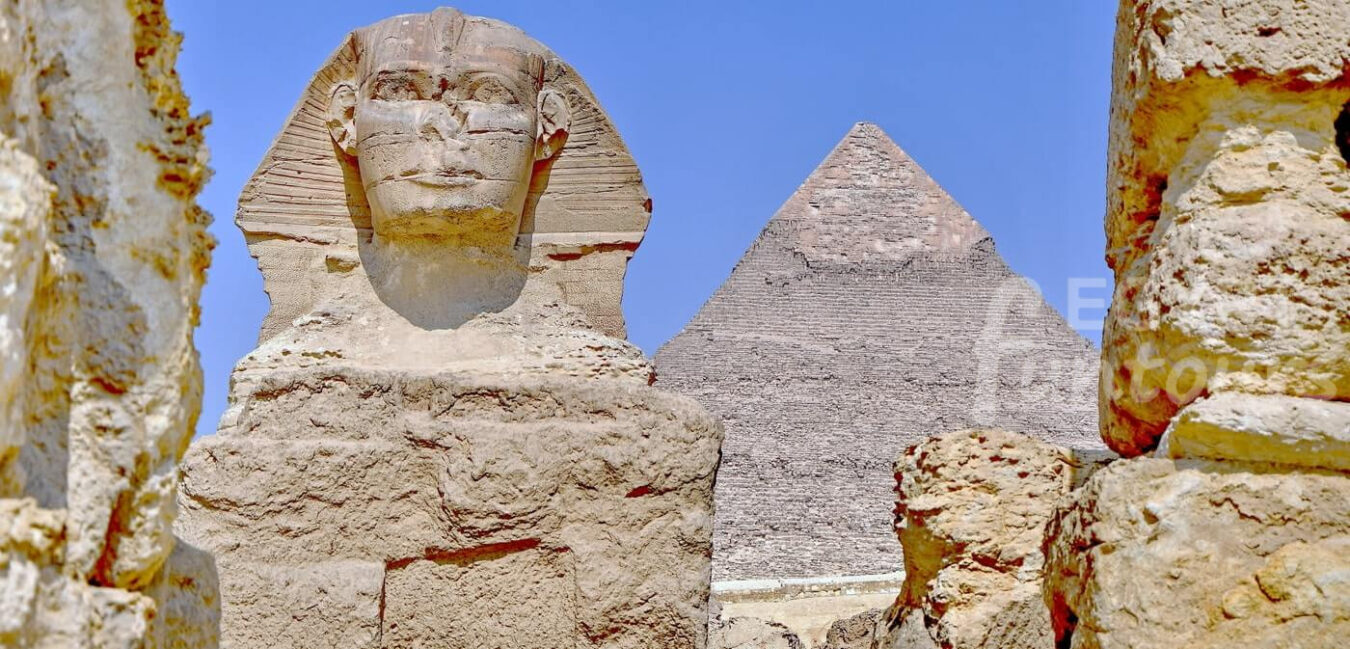
The Sphinx is the most famous piece of ancient statuary. Carvers shaped it from one massive limestone block. It has a lion’s body and a man’s head. It likely represents Pharaoh Khafre.
- Visitor Viewpoint: Walk to the dedicated viewing platform. Get clear, close-up photos. Try the classic trick shots. The Sphinx faces east. Sunrise and late afternoon offer the best light.
- Giza Travel Guide Insight: The Sphinx guards Khafre’s mortuary complex. It watched over the causeway from the Valley Temple.

